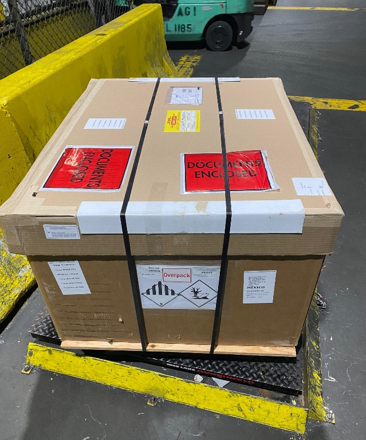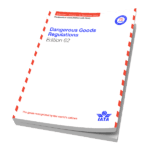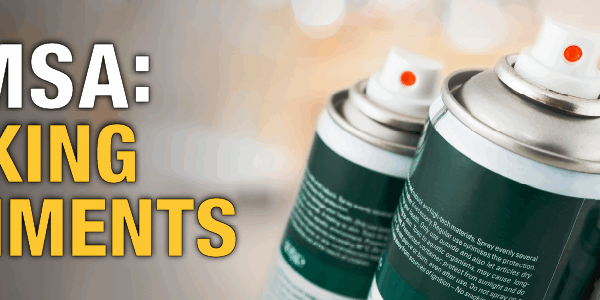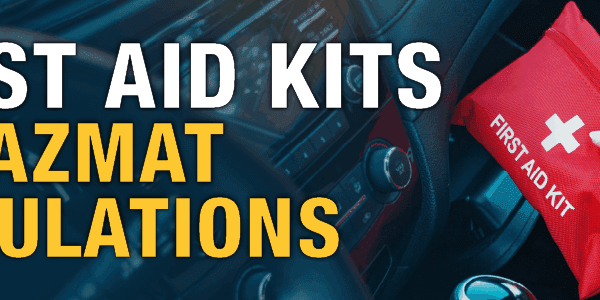
When shipping dangerous goods, you are required to follow several regulations. Even when you pay careful attention to every detail, things may go wrong. Despite dotting every “i” and crossing every “t”, your shipment can still get held up or as the carriers like to say “frustrated”.
So, what happens next? Stress, that’s what.
First, you get a call, often late at night and sometimes even past normal bedtime. No one likes waking up to bad news, but in this case not only does your day start badly, it likely continues while you speak to representative after representative, trying to figure out what the issue is.
What’s worse? Imagine the customer being told it’s the “hazmat guys fault”.
This is exactly what happened in one particular case, and what made it worse was the dangerous goods were being contained in dry ice. The shipment had been marked, labeled, and then placed into an overpack with dry ice, then securely placed onto a pallet. As with any overpack, you need to re-mark and re-label if you cannot see the contents inside. For simplicity, all the marks and labels were placed on a piece of paper, then placed in a sheet protector and attached to the package.

So, what’s the issue you ask? Well, the person inspecting the package thought the labels were photocopies and not genuine pressure sensitive labels. Did they take the time to feel the paper within the sheet protector? Of course not! Instead, they insisted that the shipment be re-marked and re-labeled directly onto the box. Where is the sense in that?
IATA 7.1.3.2 states that all marks must be durable and printed or otherwise affixed to the external surface of the package or overpack. As you can see from the photo, this shipment met that requirement. IATA goes on to state that the marks must be readily visible, legible, and be able to withstand open weather exposure. Wouldn’t you think a sheet protector would help meet that requirement?
Almost two days were wasted of both the shipper’s time as well as the carrier, not to mention the additional expense incurred for re-marking and re-labeling. In situations like these, no one wins, especially the customer. Finally, the shipment was allowed to depart.
Everyone understands the need to be cautious when shipping dangerous goods, but this type of logistics nightmare did not have to happen. Training is key. Carriers and shippers alike need to be trained on regulations. People need to be trained properly to understand what the requirements really are. Doing this will certainly save someone added stress and headache.
At ICC, we provide hazardous materials/dangerous goods training on a variety of topics, including shipping by air, ground, sea, biological substances, dry ice, OSHA, and WHMIS regulations.
Remember, even trained people may not remember every detail in the regulations. So, if you find yourself in a similar situation, don’t be afraid to speak up and defend your shipment. Use actual passages from the regulations to illustrate your point, or perhaps contact our helpdesk. We may be able to work with the carrier as a third party who understands the regulations.
Good luck with your next shipment and cheers to it arriving without issue!
We have all the products, services and training you need to ensure your staff is properly trained and informed.










 ICC USA
ICC USA ICC Canada
ICC Canada